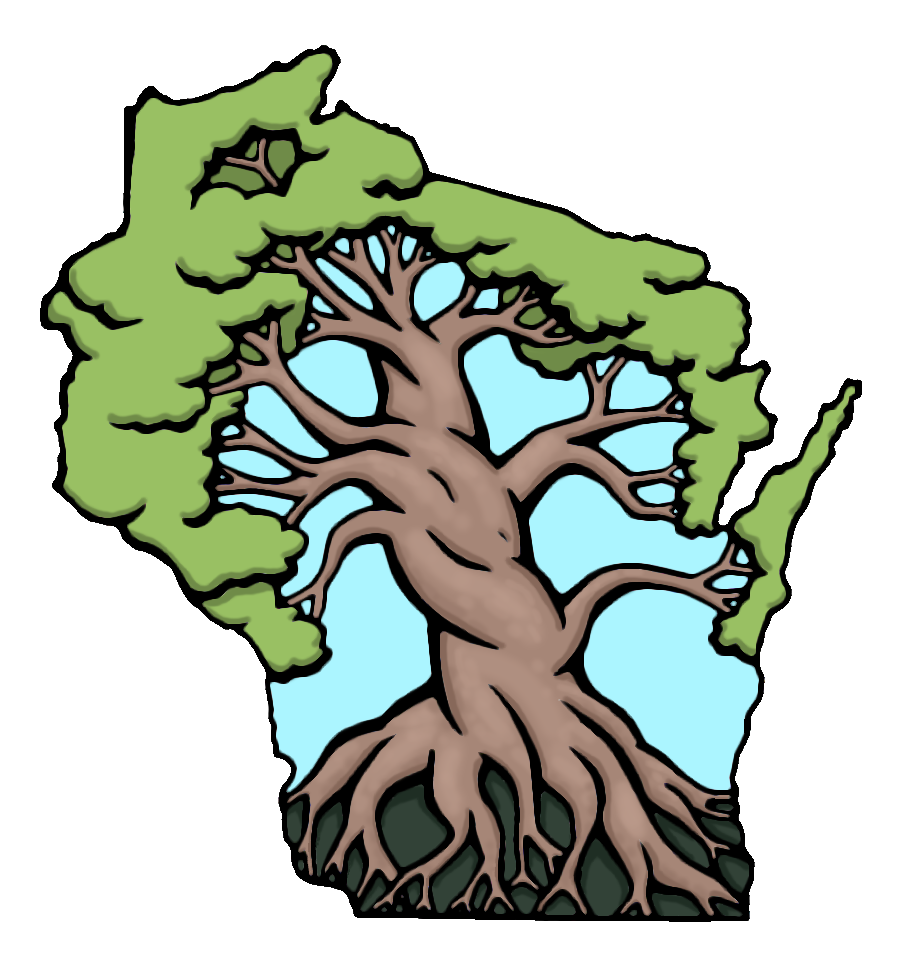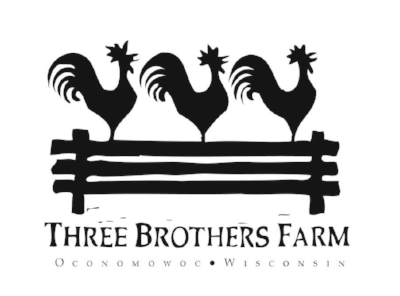I came to learn of permaculture following my third year of graduate studies in a rural Vermont community. The concept entered my consciousness at a community meeting of farmers bitterly devastated by the August 2011 tropical storm Irene. Families had lost everything. Our community writhed in the reality that such destruction was likely to be the new reality unless society were to abruptly change the course of its relationship to the natural world; many community members were also coping with the profound reality that insurance companies would fight their settlement claims at every opportunity. While this alone precluded numerous farms from planting crops ever again, the several feet of newly deposited toxic sludge on their soils secured the same fate for many more. Yet, at this meeting one older gentleman, who had grown food crops for local coops for far longer than I had been alive, spoke passionately of hope. This man declaimed of endless opportunity as if he had just harvested a record bumper crop securing his own retirement. Yet his farm, too, had suffered the wrath of Irene.
https://yestermorrow.org/blog/post-irene-update
From behind this aged but sturdy man’s quintessential Vermont beard came concepts of regenerative design, resilience planning, and water reticulation. Fascinated, I connected with my community to learning more about the both the vision for their future and also the specifics of what a transition must look like to take a community from devastation to regeneration. Purposefully attending the meeting to inform folks of their possible legal strategies for recourse against their insurance companies, I left intrigued by a seemingly powerful ecological approach to community restoration of both the land and the economy. Further, I left profoundly inspired by the hopeful energy of so many in the face of such hardship. It wasn’t until a full year later shortly after completing my studies, when my own family faced losing our Wisconsin family farm to the socially contrived malaise that is the destructive economic storm of urban sprawl and development that I circled back to the memories of that meeting. If permaculture was to rebuild that community network of farms, then couldn’t it also stand to defend our family’s farm from this looming threat? Now with family on board, I dove into the permaculture rabbit hole excitedly gathering information and engaging with what I now realize is a global community of regenerative agriculturalists. With my brother, who is now running the family farm with his remarkable wife, we began to feverishly take in as much as we could on the subject. We would read for days, run out to the fields to build a hugelkulture bed, return sweaty, tired and ready to read some more. We literally stuffed our minds with as much information as we could, constantly toeing the line of analysis paralysis. Alas, the third-generation farm remains in the family and supports while being supported by his family and our community is myriad ways.
Looking back with new words to place in context, I see that what my family was engaged in at that time is embodied in the principles of permaculture. In 2002, David Holmgren, co-founder of Permaculture, published a book that concretely articulated twelve working principles for permaculture design.
In Permaculture: Principles and Pathways Beyond Sustainability, Holmgren synthesized what for many years stood as a list of amorphous speculations, loosely developed theories, and sometimes euphemistic words that served to loosely guide the designer towards a cohesive work product. This new set of principles has, with time, become the new “conceptual lens” focusing the work of designers and the greater permaculture community on better design. Observe & Interact is the first of these principles.
As Peter Bane writes in The Permaculture Handbook: Garden Farming for Town and Country (2012), “[g]athering information is the beginning of any design, design the beginning of any responsible action.” This is the essence of Holmgren’s first principle. Through observation of and interaction with a landscape or social structure, the designer is able to pick up bits of information, discover clues, and begin to understand the natural indicators and metrics that will inform good design. A “protracted and thoughtful” relationship with a system, as Bill Mollison points out, is one that requires an ethical awareness that the observer is both a part of the system and a means of intervention with that system. It also, quite powerfully, acquaints the observer with the presence of pattern. The awareness of system patterns opens the door to increasingly effective system intervention.
Season's end at Three Brothers Farm
A thoughtful and protracted relationship with a system inherently results in a heightened awareness, and even a spiritual connection with one’s place. It is a relationship that not only forms the foundation of good system design, but also enables an ongoing and deep understanding of the health and wellbeing of that system. One might even say that observing and interacting with systems is what causes one to fall in love with and then actively nurture love for a place.
With my academic background in environmental law and policy, I find myself thinking about and studying the subject through the conceptual lens of the principles of permaculture. Instead of looking at a law and/or policy on its face, I am far more interested by the trends of movement of the law and policy; I am interested in where the contemporary legal frameworks are situated in the historical context over time. By understanding where the law has been you can more accurately understand and anticipate where it may be going. This reveals, in a sense, a hierarchy of potential intervention. If, say, one legal doctrine is trending favorably towards environmental health, community sovereignty, and independence, while another is trending divergently towards subjugation, dependence and degradation then perhaps more resources ought to be directed towards intervening in the trend of the latter doctrine and fewer towards the earlier. It is true that similar to a protracted and thoughtful relationship with a visible landscape, an engaged kinship with our social, or invisible, structures yields analogous results.
So how does one observe and interact? Naturalist John Muir Laws articulates three prompts to facilitate deep observation and thoughtful interaction in a student new to the idea. He proposes one articulate their observation verbally to themselves as “I notice… I wonder… and it reminds me of…” Using these prompts, Laws suggests, “keeps observations in conscious working memory long enough for your own brain to convert them to long term memories.” It is those long term memories the serve as the basis for pattern recognition. So whether we are applying the skill of observation to our social systems, our physical systems or both, it is critical that we bring a curious, open mind willing to learn intellectually, emotionally and spiritually as we engage deeper with our context. It is curiosity after all, that brought formulaically minded third year law student to embrace a new and deeper relationship with not only the law, but also the entire natural world.
Going on seven years after the community wreckage of tropical storm Irene in Vermont, reports from my former community are positive. There are several new locally owned businesses that vigorously support the regenerating network of farms and collectively work to build resiliency both ecologically and socially.
The community rallied behind farmsunsuccessful in their struggle with rapacious insurance companies and many have rebuilt to remain as integral threads of that community’s vibrant fabric. My own protracted and thoughtful engagement with that community has gifted me the resonant feeling of home when I think of it, even six years after relocating.
I would like to conclude with words Vandana Shiva shared at the 2017 International Permaculture Convergence in India where she professed to a room of designers “our work will become more relevant the deeper the greed becomes. Our work will become more relevant the deeper the ecological crises becomes.” I share, with the same hopeful vision of the hardened, quintessentially bearded Vermonter who stood in the face of havoc and despair to enunciate to powerful vision for moving forward, that we ought, then, to boldly embrace a shared goal of our own work’s future irrelevance.
Chris Gutschenritter is a member of the Wisconsin Permaculture Convergence Planning Team. He currently lives on his family farm in Oconomowoc, Wi and employs his legal, planning and teaching experience to support his community's growing local food network.





